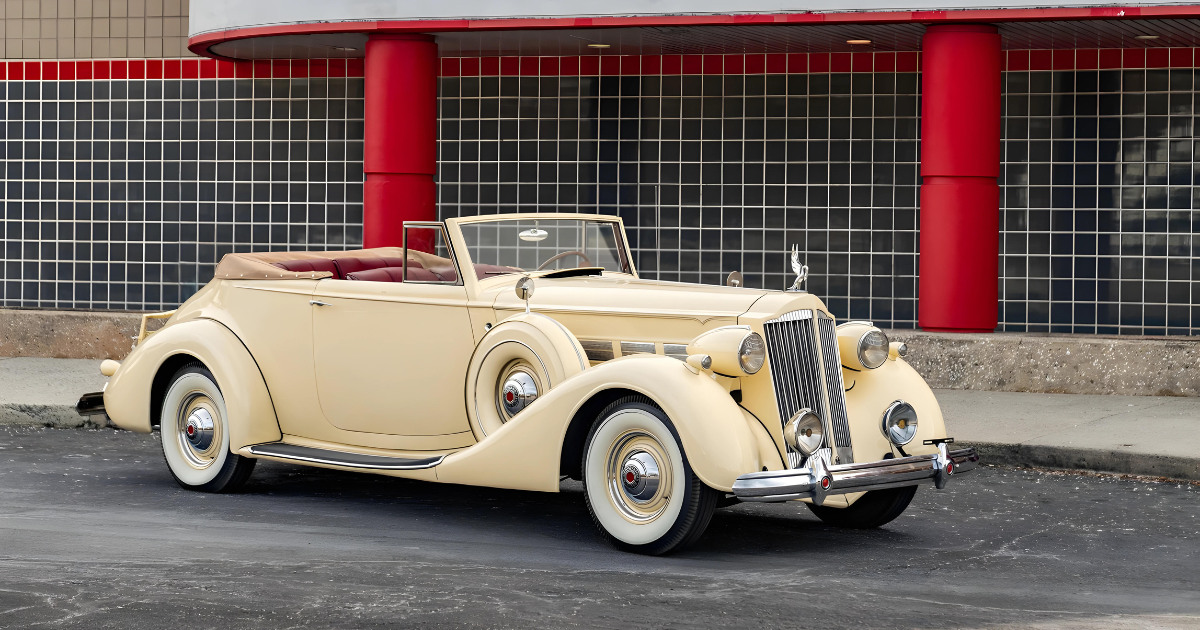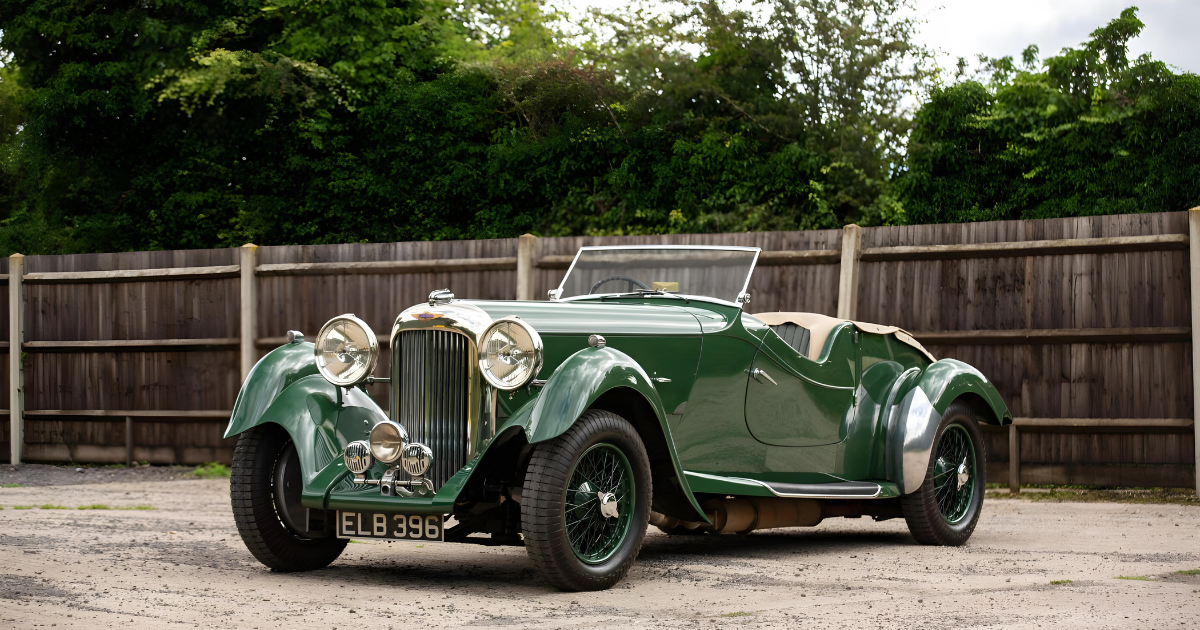
Vincenzo Lancia’s legacy in the automotive world is marked by innovation, engineering brilliance, and a commitment to pushing the boundaries of car design. Although he passed away before witnessing the completion of his final creation, the Lancia Aprilia, his vision and ingenuity lived on in this groundbreaking vehicle.
Launched in 1937, just two months after Vincenzo Lancia’s death, the Lancia Aprilia represented a significant leap forward in car design and technology. Breaking away from the traditional layout of its time, the Aprilia incorporated several pioneering features that set new standards in automotive engineering.

One of the most notable innovations of the Aprilia was its advanced suspension system, which featured all-independent suspension—a rarity in production cars of that era. This innovative suspension setup provided superior ride comfort, stability, and handling, allowing the Aprilia to navigate various road conditions with ease.
In addition to its groundbreaking suspension, the Aprilia also introduced hydraulic braking—a significant advancement in automotive safety and performance. This braking system offered more precise control and improved stopping power compared to traditional mechanical brakes, enhancing the overall driving experience and safety of the vehicle.

Another key feature of the Lancia Aprilia was its unitary construction, which integrated the body and chassis into a single, cohesive structure. This approach not only reduced weight but also improved structural rigidity, resulting in better handling and overall vehicle dynamics. The unitary construction also contributed to the Aprilia’s sleek and streamlined appearance, enhancing its aerodynamic efficiency and performance.

At the heart of the Lancia Aprilia was its innovative overhead-camshaft narrow-angle V4 engine. Despite its modest displacement of 1,351cc (later increased to 1,485cc), this engine delivered impressive performance, propelling the Aprilia to nearly 80mph—a remarkable achievement for a car of its size and era. The engine’s advanced design and efficient power delivery made the Aprilia a joy to drive, offering a perfect balance of performance and fuel efficiency.

Beyond its technological advancements, the Lancia Aprilia also stood out for its striking design and attention to detail. The streamlined shape of the Aprilia was the result of extensive wind tunnel experimentation, making it one of the earliest production cars to benefit from aerodynamic principles. The design not only enhanced the car’s performance but also gave it a distinctive and timeless aesthetic appeal.
Inside the cabin, the Aprilia offered unparalleled passenger comfort and convenience. With its ‘mirror-image’ doors and pillar-less construction, the Aprilia provided easy access to the interior, making entry and exit effortless for occupants—a testament to Vincenzo Lancia’s commitment to user-centric design and engineering excellence.

The Lancia Aprilia was a testament to Vincenzo Lancia’s legacy as a brilliant automobile engineer and visionary. Despite his untimely passing, his final creation embodied his spirit of innovation, pushing the boundaries of automotive design and technology. With its advanced suspension, hydraulic braking, unitary construction, and efficient engine, the Aprilia set new standards in car design and performance, leaving an indelible mark on the automotive industry.




